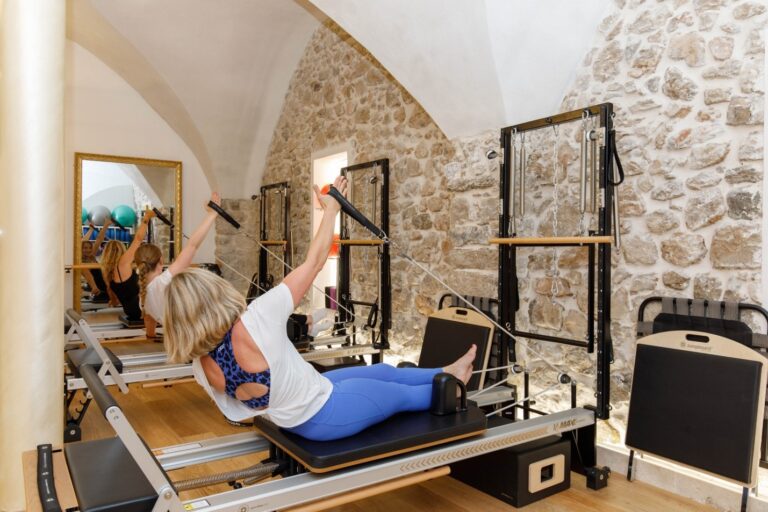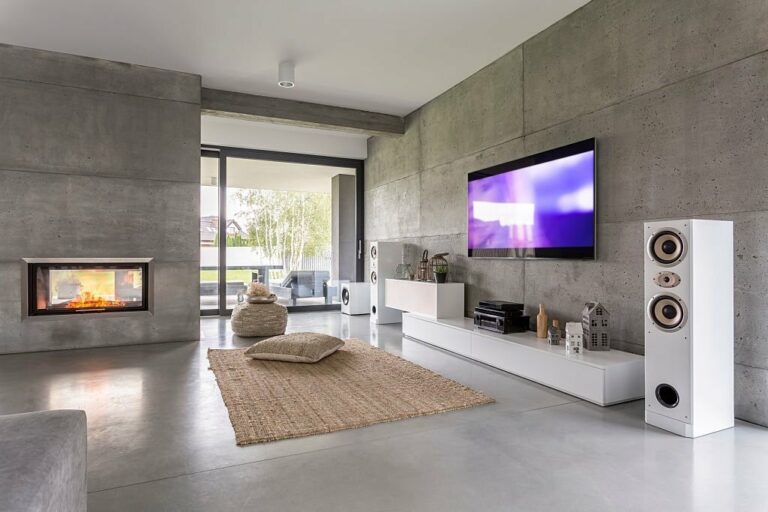Green Office Design: Creating a Sustainable Workspace
In an era where environmental consciousness is more important than ever, businesses are increasingly seeking ways to reduce their carbon footprint and foster a more sustainable world. One effective strategy lies in adopting green office design principles—a holistic approach that not only benefits the planet but also contributes to a healthier, more productive work environment. This article explores the key components and benefits of sustainable office design, offering practical insights for businesses looking to make the shift.
Understanding Green Office Design
Green office design revolves around creating workspaces that minimize environmental impact through efficient use of resources, sustainable materials, and innovative technologies. The objective is to reduce waste, conserve energy, and provide a healthier environment for employees. But how does this translate into actionable strategies for businesses? The concept covers a wide range of practices, including the use of eco-friendly furniture, energy-efficient lighting, and waste reduction initiatives, among others.
When businesses embark on their journey towards sustainability, they often encounter various buzzwords and acronyms. One such term is “PPA,” shorts for Power Purchase Agreement. So, what is PPA? Essentially, it is a contract between two parties—the power producer and the power purchaser. Businesses can leverage PPAs to procure renewable energy directly from producers, ensuring a cleaner power supply for their operations. This is just one example of how green office design can extend beyond physical changes to incorporate systemic, organizational shifts.
Energy Efficiency
One of the most straightforward yet impactful ways to create a sustainable workspace is through maximizing energy efficiency. Start with an energy audit to identify areas where consumption is highest. Often, lighting is a major contributor to energy use. Switching to LED bulbs, which consume significantly less power than traditional incandescent bulbs, can lead to substantial savings.
Moreover, consider incorporating smart lighting systems that automatically adjust based on occupancy and natural light availability. Heating, ventilation, and air conditioning (HVAC) systems are another critical area. Regular maintenance, combined with programmable thermostats, can optimize the use of these systems, reducing energy waste. Utilizing natural ventilation when conditions permit can also lower reliance on electrical systems and improve indoor air quality.
Sustainable Materials
The choice of materials is equally crucial in green office design. From the flooring to the furniture, selecting sustainable options can make a significant difference. Look for products made from recycled or upcycled materials. Bamboo and reclaimed wood, for example, are excellent sustainable choices for flooring and furniture. They not only reduce deforestation but also add a unique aesthetic to your workspace.
In addition, non-toxic, low-VOC (volatile organic compound) paints and finishes are essential for improving indoor air quality. VOCs are harmful chemicals released from many standard products, leading to potential health issues for employees. By opting for low-VOC materials, businesses can create a safer, healthier environment.
Waste Reduction
An integral part of a sustainable office is an effective waste management system. Implementing comprehensive recycling programs can considerably reduce the amount of waste sent to landfills. Make recycling bins accessible and clearly labeled to encourage proper disposal of paper, plastics, and other recyclables.
Another innovative approach is to adopt a zero-waste initiative. This involves not only recycling but also reducing overall waste generation. For example, digital documentation can drastically reduce paper use. Encourage employees to think before they print and to use both sides of the paper when printing is unavoidable. Additionally, company-wide policies on reducing single-use plastics—such as providing reusable coffee mugs and water bottles—can further drive waste reduction efforts.
Biophilic Design
Biophilic design, which emphasizes the integration of natural elements into the workspace, can greatly enhance the sustainability and appeal of an office. This includes incorporating live plants, water features, and natural light. Studies have shown that exposure to natural elements can reduce stress, improve mood, and increase productivity among employees.
Indoor plants, for example, not only brighten up the space but also improve air quality by filtering pollutants. Skylights and large windows can reduce the need for artificial lighting while providing employees with a connection to the outdoors. Even the layout of the office can be designed to maximize exposure to natural light, thus fostering a more pleasant and productive work environment.
The Economic and Social Benefits
Beyond environmental advantages, green office design offers significant economic and social benefits. Energy-efficient systems and sustainable materials often result in lower operating costs in the long run. Additionally, a healthy, pleasant work environment can lead to higher employee satisfaction and retention rates. Businesses that commit to sustainability often see improved brand perception, attracting customers and clients who prioritize eco-friendly practices.
In conclusion, green office design is an effective strategy for businesses aiming to become more sustainable. By focusing on energy efficiency, choosing sustainable materials, reducing waste, and integrating natural elements, companies can create a workspace that is not only environmentally friendly but also beneficial to employees and the bottom line.




